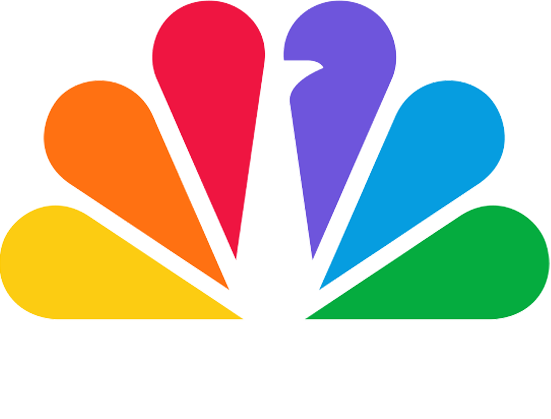WHEN: Today, Monday, November 20, 2023
WHERE: CNBC’s “Fast Money”
Following is the unofficial transcript of a FIRST ON CNBC interview with Microsoft CEO Satya Nadella who joined CNBC’s Jon Fortt to talk Sam Altman’s departure from OpenAI and his possible move to Microsoft on CNBC’s “Fast Money” (M-F, 5PM-6PM ET) today, Monday, November 20. Following is a link to video from CNBC.com:
All references must be sourced to CNBC.
JON FORTT: Satya Nadella, thank you for joining us live here. First on CNBC. It’s been quite a few days since I was with you in Seattle with OpenAI’s leadership in turmoil. So first I got to ask, is Sam Walton going to be a Microsoft employee?
SATYA NADELLA: Yeah, I mean, on Friday morning, Jon I got up and I was very committed to our, you know, customers and confident in our technology roadmap and really partnered with OpenAI and really partnered with Sam, and here as we speak on Monday, I guess it is today. It’s exactly the same place I am, which is I feel that we have all the technology and capability to keep innovating on the products you saw at our Ignite conference last week, up and down the stack from Silicon to Copilots. And I’m committed to OpenAI and Sam and that’s you know… obviously, we want Sam and Greg to have a fantastic home if they’re not going to be in OpenAI and all the colleagues at Microsoft, but you know, I am exactly where I was on Friday morning.
FORTT: Well, you’re about the only one so let me ask it this way. How clear is it to you whether Sam is going back to OpenAI and whether the 700 employees there who seem to be loyal to him are staying at OpenAI or coming to Microsoft?
NADELLA: Look, I mean that is for you know OpenAI board and management and the employees to choose. I think at this point for me, I just want John in this moment, right? What is it that I care about? I care about just making sure that we can continue to innovate and as I said, I feel very confident quite frankly Microsoft has all the capability to just do that on our own. But we chose to explicitly partner with OpenAI and we want to continue to do so. And obviously that depends on the people if OpenAI are staying there or coming to Microsoft. So I’m open to both options. One thing I will not do is stop innovating and so therefore that’s kind of what I will optimize on into making sure that we keep going forward on the roadmap we you know, we’ve talked about so much excitement around.
FORTT: Customers seem to want confidence. I’m sure Microsoft employees do too. What needs to happen for OpenAI to be stable enough for you and Microsoft’s customers to trust it. Can members of the current board stay? Does Microsoft need a seat on the board?
NADELLA: Yeah, I mean, I think at this point, I think it’s very clear that something has to change around the governance. And if that’s sort of you know, we have a good dialogue with that board on that and, and, you know, walk through that as time evolves. But the most important thing for me, for customers to know is today we have all the capability and this is where I know we love to talk about… Here’s a way to think… experiment. Sam Altman once chose Microsoft, and he chose Microsoft again. Why do you think that is? It is because of the capability of our company to be able to innovate with OpenAI. And so that should speak volumes to why customers can have confidence that come what may, Microsoft will be there. Will continue to have the products and lead in AI. That’s, I think, the core message for our customers.
FORTT: Well, one of the things we know is coming is competition. Next week, AWS is going to have reinvent. I suspect they’re going to say hey, look, we’re stable. You can trust us to have all our employees who are working on AI still here. You’ve already got Marc Benioff, the CEO of Salesforce, trying to hire away OpenAI employees in this turmoil. So how long do you have to get this kind of stabilization and at least your competitors seem to think has you in a vulnerable position?
NADELLA: I think there are these charts that float around on… if you think about the AI papers, AI innovations, AI researchers, AI people. I think people should just go refresh their memories on what that capability chart looks like. If you’re not number one or number two, I would be surprised and that should speak volumes and you know, look, we welcome competition and these are all credible competitors. But you know, it’s not like we just learned about AI because of OpenAI. We had a lot of open AI capability before with OpenAI and after he went on to Ignite. Think about this with OpenAI, we have the leading LLM or the large model and we have the leading small model with five which we announced the two Dotto so it’s just speaks to I think the breadth and by the way, we have all the open source models on Azure as well. From Mistral to llama and we love it and we have the best tooling, the best data architecture around AI and then the best products with Copilot and GitHub Copilot so I don’t feel that you know, we if anything, we are much more resolute in our sort of roadmap and pushing forward on the innovation and I feel like there’s a lot of talk. There are a few people with real products where they’re at scale innovating on behalf of our customers.
FORTT: You mentioned governance before. It seems to me that it’s likely that you’d come out of this situation as Microsoft with more leverage in the OpenAI relationship one way or another than you had Friday morning, okay. Because your relationship with Sam Altman remains close and it seems like Sam is either going back there with more control or coming to Microsoft. And that gives you an amount of leverage. Am I reading that wrong?
NADELLA: Yeah look, Jon, I don’t think of this as leverage. I mean, the reality I think is the world is recognizing how deeply partnered we were with OpenAI and Sam and all of the dependency OpenAI has on Microsoft to do our world class work around it, right? We do the – optimizations underneath, we do the infrastructure, we build tools around it, we build products around it. So I feel like hey, look, we had a fantastic partnership on Friday and we have a fantastic partnership today. And if things change in the OpenAI side in terms of who is there or who is not there, as I said, we will have a fantastic home for the people who want to continue to do the same work with the same mission at Microsoft.
FORTT: Satya, I’m not sure what this initial rift between Sam and the board was about, maybe you know better than I do. Feel free to tell us and the viewers, if you if you want to expand on that. But either way, it seems like there’s a segment of people who were concerned about the development of AI being driven by profit, and that’s the reason why OpenAI and its board were structured the way they were to begin with. If the governance changes, and Microsoft continues to have this relationship, what assurance can you give people who are concerned about this, that the development of AI won’t purely be driven by profit?
NADELLA: Yeah I mean look, I think about this. This is an interesting question, Jon. I’ve always sort of subscribed to you know that, you know, the idea that the social contract of a corporation is to drive profitable solutions to the challenges of people and planet. And so when I think about the license to operate for Microsoft, yes, of course, we have to generate profit. But at the end of the day, we have to create solutions that are useful, and are real solutions to challenges of people and planet. So this is not about profit for profit sake, but it’s about driving profit by doing work that the society needs. That’s how I think. We have a license to operate in every community and country that we operate in. And so, that’s what we will continue to pursue. And then of course, the OpenAI – it’s a different structure with the nonprofit and we respect that. The other thing that they really care about is safety. That was very clear even the day when Sam and I got together originally with the OpenAI partnership. We care about it. When we talk about trust in technology, we want to make sure that we are dealing with not only the benefits of technology, but the unintended consequences of the technology from day one as opposed to waiting for things to happen. And so, that’s some AI safety research for the long term and even here and now guardrails, whether it’s on bias or disinformation or what have you is something that we are putting a lot of energy into and we’ll continue to do so.
FORTT: Well I know you are taking a lot of Teams calls today. So Satya, I appreciate you taking the time to make this your first media appearance here with me on CNBC. Satya Nadella, CEO of Microsoft.

